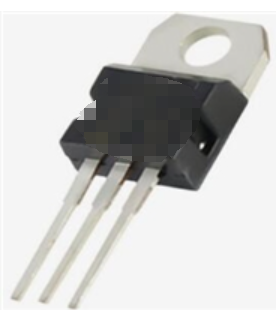Date:2025-06-30 Categories:Product knowledge Hits:352 From:Guangdong Youfeng Microelectronics Co., Ltd
How to distinguish the three working states of a transistor
Simply put, determining the working state can be based on the size of Uce. If Uce is close to the power supply voltage VCC, the transistor will operate in the load stop state. The load stop state means that the transistor is basically not working, and the Ic current is small (about zero). Therefore, R2 has no current flowing and the voltage is close to 0V, so Uce is close to the power supply voltage VCC.
If Uce is close to 0V, the transistor is operating in a saturated state. What is a saturated state? That is to say, when the Ic current reaches its maximum value, even if Ib increases, it cannot increase any further.
The above two states are generally referred to as switch states. In addition to these two states, the third state is the amplification state, where Uce is usually measured to be close to half of the power supply voltage. If Uce is biased towards VCC, the transistor tends to the load stop state. If Uce is biased towards 0V, the transistor tends to the saturation state.
Principle of Stable Operation of Amplification Circuit
1: Due to the increase in temperature, the collector current Ic increases, and the emitter current Ie increases accordingly. The voltage IeR4 across R4 also increases. Ub is provided by a voltage divider resistor, and Ub remains basically unchanged. Since Ube=Ub-IeR4, Ube will decrease, and the corresponding base current Ib will decrease. transistor The increase in collector current Ic is suppressed, thereby stabilizing the DC operating point of the collector current and reducing the adverse effects of temperature rise on the circuit.
2: The key component of the R4 feedback resistor amplification circuit is to increase the resistance of R4 appropriately. The larger the feedback, the better the stability. Therefore, it is necessary to make reasonable choices based on the actual circuit design. In order to reduce the loss of AC energy on R4, C3 capacitor is added to bypass the AC to ground, which can improve the AC gain of the amplification circuit. transistor
3: The current negative feedback bias circuit has good temperature stability. As long as the appropriate bias resistor resistance is selected and a reasonable DC operating point is designed, the amplifier circuit can work stably and reliably. Therefore, it is a bias circuit widely used in amplifier circuits.transistor
If you want to apply the transistor well, you must master the above three basic configuration amplification circuits transistor

Previous: Classification, Structure, and Principle of MOSFET